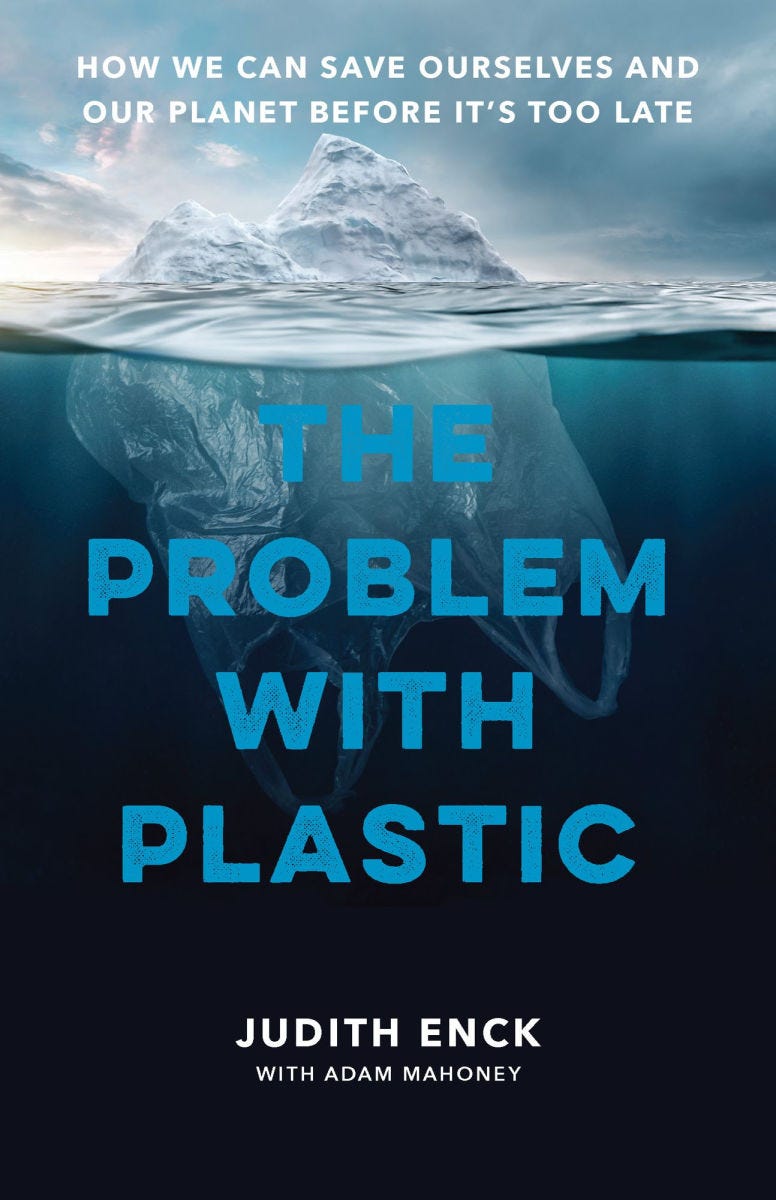There’s a sort of parlor game that the economically-minded sometimes play around the Christmas holiday, related to A Christmas Carol, by Charles Dickens. Was Dickens writing his story as an attack on economics, capitalism, and selfishness? After all, his depiction of Ebenezer Scrooge, along with his use of phrases like “decrease the surplus population” and the sarcastic use of “a good man of business” would suggest as much, and a classic example of such an interpretation is here. Or was Dickens just telling a good story with distinct characters? After all, Scrooge is portrayed as an outlier in the business community. The warm portrayal of Mr. Fezziwig certainly opens the possibility that one can be a successful man of business as well as a good employer and a decent human being. And if Scrooge hadn’t saved money, would he have been able to save Tiny Tim?
It’s all a good “talker,” as they say about the topics that get kicked around on radio shows every day. As part of my own holiday break, I republish this essay each year near or on Christmas day.
I went looking for some other perspectives on how Charles Dickens perceived capitalism that were not embedded in a fictional setting. In particular, I checked the weekly journal Household Words, which Dickens edited from 1850 to 1859. Articles in Household Words do not have authors provided. However, Anne Lohrli went through the business and financial records of the publication, which identified the authors and showed who had been paid for each article. The internal records of the journal show that Dickens was the author of this piece from the issue of February 11, 1854, called “On Strike.” (Lohrli’s book is called Household Words: A Weekly Journal 1850-59, conducted by Charles Dickens, University of Toronto Press, 1973. Household Words is freely available on-line at a site hosted by the University of Buckingham, with support from the Leverhulme Trust and other donors.)
The article does not seem especially well-known today, but it is the source of a couple of the most common quotations from Charles Dickens about “political economy,” as the study of economics was usually called at the time. Early in the piece, Dickens wrote: “Political Economy was a great and useful science in its own way and its own place; but … I did not transplant my definition of it from the Common Prayer Book, and make it a great king above all gods.” Later in the article, Dickens wrote: “[P]olitical economy is a mere skeleton unless it has a little human covering and filling out, a little human bloom upon it, and a little human warmth in it.”
But more broadly, the article is of interest because Dickens, telling the story in the first person, takes the position that in thinking about a strike taking place in the town of Preston, one need not take the side either of management or labor. Instead, Dickens writes, one may “be a friend to both,” and feel that the strike is “to be deplored on all accounts.” Of course, the problem with a middle-of-the-road position is that you can end up being hit by ideological traffic going in both directions. But the ability of Dickens to sympathize with people in a wide range of positions is surely part what gives his novels and his world-view such lasting power. The article goes into a fair amount of detail, and can be read on-line, so I will content myself here with a substantial excerpt.
Here’s a portion of the 1854 essay by Dickens:
Travelling down to Preston a week from this date, I chanced to sit opposite to a very acute, very determined, very emphatic personage, with a stout railway rug so drawn over his chest that he looked as if he were sitting up in bed with his great coat, hat, and gloves on, severely contemplating your humble servant from behind a large blue and grey checked counterpane. In calling him emphatic, I do
not mean that he was warm; he was coldly and bitingly emphatic as a frosty wind is.
“You are going through to Preston, sir?” says he, as soon as we were clear of the
CharPrimrose Hill tunnel.
The receipt of this question was like the receipt of a jerk of the nose; he was so short and sharp.
“Yes.”
“This Preston strike is a nice piece of business!” said the gentleman. “A pretty piece of business!”
“It is very much to be deplored,” said I, “on all accounts.”
“They want to be ground. That’s what they want to bring ’em to their senses,” said the gentleman; whom I had already began to call in my own mind Mr. Snapper, and whom I may as well call by that name here as by any other. *
I deferentially enquired, who wanted to be ground?
“The hands,” said Mr. Snapper. ” The hands on strike, and the hands who help ’em.”
I remarked that if that was all they wanted, they must be a very unreasonable people, for surely they had had a little grinding, one way and another, already. Mr. Snapper eyed me with sternness, and after opening and shutting his leathern-gloved hands several times outside his counterpane, asked me
abruptly, ” Was I a delegate?”
I set Mr. Snapper right on that point, and told him I was no delegate.
“I am glad to hear it,” said Mr. Snapper. “But a friend to the Strike, I believe?”
“Not at all,” said I.
“A friend to the Lock-out?” pursued Mr. Snapper.
“Not in the least,” said I,
Mr. Snapper’s rising opinion of me fell again, and he gave me to understand that a man must either be a friend to the Masters or a friend to the Hands.
“He may be a friend to both,” said I.
Mr. Snapper didn’t see that; there was no medium in the Political Economy of the subject. I retorted on Mr. Snapper, that Political Economy was a great and useful science in its own way and its own place; but that I did not transplant my definition of it from the Common Prayer Book, and make it a great king above all gods. Mr. Snapper tucked himself up as if to keep me off, folded his arms on the top of his counterpane, leaned back and looked out of the window.
“Pray what would you have, sir,” enquire Mr. Snapper, suddenly withdrawing his eyes from the prospect to me, “in the relations between Capital and Labour, but Political Economy?”
I always avoid the stereotyped terms in these discussions as much as I can, for I have observed, in my little way, that they often supply the place of sense and moderation. I therefore took my gentleman up with the words employers and employed, in preference to Capital and Labour.
“I believe,” said I, “that into the relations between employers and employed, as into all the relations of this life, there must enter something of feeling and sentiment; something of mutual explanation, forbearance, and consideration; something which is not to be found in Mr. M’CulIoch’s dictionary, and is not exactly stateable in figures; otherwise those relations are wrong and rotten at the core and will never bear sound fruit.”
Mr. Snapper laughed at me. As I thought I had just as good reason to laugh at Mr. Snapper, I did so, and we were both contented. …
Mr. Snapper had no doubt, after this, that I thought the hands had a right to combine?
“Surely,” said I. ” A perfect right to combine in any lawful manner. The fact of their being able to combine and accustomed to combine may, I can easily conceive, be a protection to them. The blame even of this business is not all on one side. I think the associated Lock-out was a grave error. And
when you Preston masters—”
“I am not a Preston master,” interrupted Mr. Snapper.
“When the respectable combined body of Preston masters,” said I, ” in the beginning of this unhappy difference, laid down the principle that no man should be employed henceforth who belonged to any combination—such as their own—they attempted to carry with a high hand a partial and unfair impossibility, and were obliged to abandon it. This was an unwise proceeding, and the first defeat.”
Mr. Snapper had known, all along, that I was no friend to the masters.
“Pardon me,” said I; ” I am unfeignedly a friend to the masters, and have many friends among them.”
“Yet you think these hands in the right?” quoth Mr. Snapper.
“By no means,” said I; ” I fear they are at present engaged in an unreasonable struggle, wherein they began ill and cannot end well.”
Mr. Snapper, evidently regarding me as neither fish, flesh, nor fowl, begged to know after a pause if he might enquire whether I was going to Preston on business?
Indeed I was going there, in my unbusinesslike manner, I confessed, to look at the strike.
“To look at the strike!” echoed Mr. Snapper fixing his hat on firmly with both hands. “To look at it! Might I ask you now, with what object you are going to look at it?”
“Certainly,” said I. ” I read, even in liberal pages, the hardest Political Economy—of an extraordinary description too sometimes, and certainly not to be found in the books—as the only touchstone of this strike. I see, this very day in a to-morrow’s liberal paper, some astonishing novelties in the politico-economical way, showing how profits and wages have no connexion whatever; coupled with such references to these hands as might be made by a very irascible General to rebels and brigands in arms. Now, if it be the case that some of the highest virtues of the working people still shine through them brighter than ever in their conduct of this mistake of theirs, perhaps the fact may reasonably suggest to me—and to others besides me—that there is some little things wanting in the relations between them and their employers, which neither political economy nor Drum-head proclamation writing will altogether supply, and which we cannot too soon or too temperately unite in trying to
find out.”
Mr. Snapper, after again opening and shutting his gloved hands several times, drew the counterpane higher over his chest, and went to bed in disgust. He got up at Rugby, took himself and counterpane into another carriage, and left me to pursue my journey alone. …
In any aspect in which it can be viewed, this strike and lock-out is a deplorable calamity. In its waste of time, in its waste of a great people’s energy, in its waste of wages, in its waste of wealth that seeks to be employed, in its encroachment on the means of many thousands who are labouring from day to day, in the gulf of separation it hourly deepens between those whose interests must be understood to be identical or must be destroyed, it is a great national affliction. But, at this pass, anger is of no use, starving out is of no use—for what will that do, five years hence, but overshadow all the mills in England with the growth of a bitter remembrance? —political economy is a mere skeleton unless it has a little human covering and filling out, a little human bloom upon it, and a little human warmth in it. Gentlemen are found, in great manufacturing towns, ready enough to extol imbecile mediation with dangerous madmen abroad; can none of them be brought to think of authorised mediation and explanation at home? I do not suppose that such a knotted difficulty as this, is to be at all untangled by a morning-party in the Adelphi; but I would entreat both sides now so miserably opposed, to consider whether there are no men in England above suspicion, to whom they might refer the matters in dispute, with a perfect confidence above all things in the desire of those men to act justly, and in their sincere attachment to their countrymen of every rank and to their country.
Masters right, or men right; masters wrong, or men wrong; both right, or both wrong; there is certain ruin to both in the continuance or frequent revival of this breach. And from the ever-widening circle of their decay, what drop in the social ocean shall be free!
The post Charles Dickens on Management and Labor first appeared on Conversable Economist.



